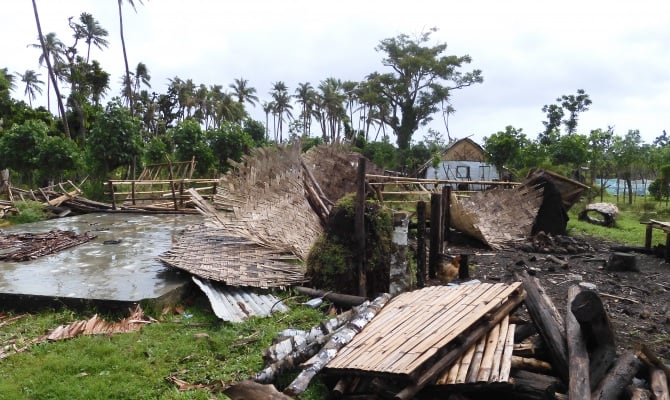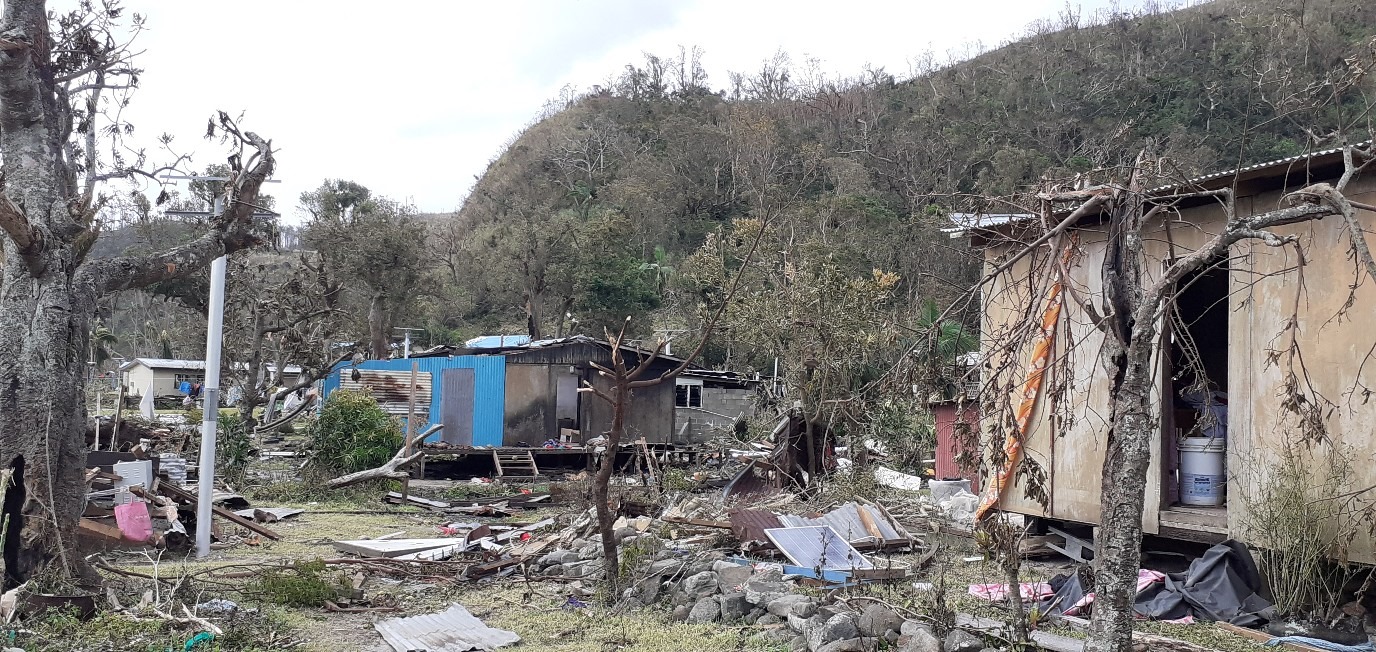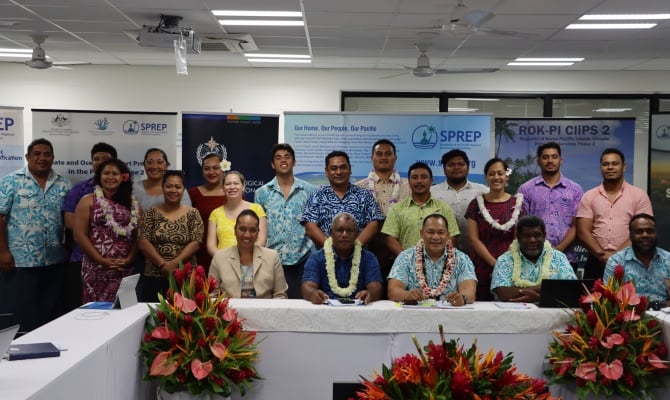The National Institute of Water and Atmospheric Research (NIWA) has predicted that between nine to 12 tropical cyclones could impact the the Pacific region this cyclone season. Three or more could develop into severe tropical cyclones.
The prediction was revealed during the Ninth Pacific Island Climate Outlook Forum (PICOF-9) this week. Ben Noll, Meteorologist at NIWA, said the Pacific would have a near or slightly above normal season, with the increased likelihood for La Niña conditions.
La Niña is the phenomenon, which results in below normal rainfall for countries in the Central and Eastern Pacific which can result in droughts, while countries in the South West Pacific will experience higher than normal rainfall, and will become more susceptible to flooding.
The 2021/2022 Australian Bureau of Meteorology outlook predicted a 59% chance of more than four tropical cyclones in the western region of the Pacific, which includes countries like Papua New Guinea, Solomon Islands and New Caledonia. It predicted a 46% chance of more than six tropical cyclones for the eastern region, which includes countries like Fiji, French Polynesia, Samoa, Tonga and Vanuatu.
Mr Noll also briefly provided a review of the previous tropical cyclone season 2020/2021. The Pacific also experienced La Niña conditions last year, and the same climate drivers are also present this year as the Pacific gears up for the upcoming cyclone season.
A normal to slightly below normal season was accurately predicted by BOM and NIWA. Both agencies predicted about nine tropical cyclones, and NIWA predicted three to develop into severe tropical cyclones.
“Last cyclone season, we observed a total of eight tropical cyclones and three of those were severe tropical cyclones,” Noll said. These included Cyclone Yasa, a Category 5 Tropical Cyclone which caused considerable damage to Fiji, Tonga and Vanuatu.
“It only takes one. Even in a season that had slightly reduced numbers, we still saw considerable damage from several severe cyclones,” Noll added.
He reminded participants that it doesn’t necessarily take a severe cyclone to cause severe impacts. Flooding in some areas can happen even with weak tropical cyclones and not just Category 3, 4 or 5 cyclones.
The South West Pacific’s cyclone season runs from November to April. Countries are reminded to remain vigilant at all times and take heed of information and warnings from the National Meteorological and Hydrological Services.
The PICOFs are organised through a collaborative partnership between SPREP and WMO, with technical support provided by the Australian Bureau of Meteorology (BOM), National Institute of Water and Atmospheric Research (NIWA), the Pacific Community (SPC), Meteo France, and National Oceanic and Atmospheric Administration (NOAA) as members of the Pacific Regional Climate Network Node for Long-Range Forecasting, together with the Pacific Islands Climate Services Panel of the Pacific Meteorological Council.
This story was produced by Leanne, published at SPREP on 22 October 2021, reposted via PACNEWS.




